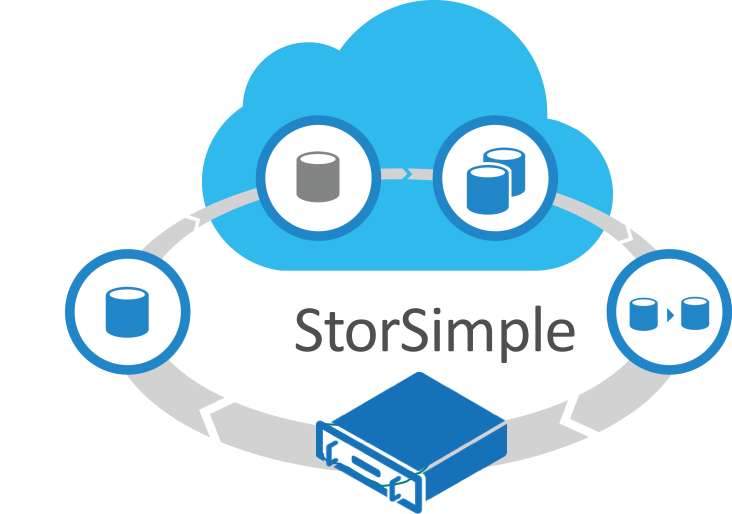With terms like cloud storage, backup and disaster recovery floating around, it can help to take a step back and get a better idea of what each of these really mean and how each can benefit your business.
Cloud storage refers simply to the ability to store data and files in the cloud. One of the greatest benefits of cloud storage is scalability: it provides bottomless storage and complete elasticity—meaning that it can scale up or down as needed to meet changing requirements. Data stored in the cloud also offers the advantage of access from anywhere, so you can get to your files wherever they are, or from whatever application you use. With Azure, you also have the benefit of compatibility with a range of operating systems, so you know it will work regardless of the OS. Finally, on Azure, stored data gets enterprise-grade protection, including redundant storage with multiple copies kept automatically to prevent data loss due to unexpected systems failure.
Backup and disaster recovery also involve storing data, but they are primarily focused on doing so for the purposes of data protection and business continuity. One easy way to think about the difference between backup and disaster recovery is that backup is about making sure your employees don’t lose files that may be accidentally lost or deleted, while disaster recovery is about making sure you don’t lose files AND that that you don’t lose the time and effort it can take to get your systems back up and running after an unexpected event.
Backups are the best tool for making sure you can restore recent copies of files that are accidentally deleted or lost. It is also an important tool for legal discovery—with long-term data retention, you can ensure that you have access to historical data and files when needed for legal reasons.
**Disaster recovery **is generally more focused on getting services back up and running fast. For example, a company might backup their files an hour before a fire takes out their application servers. So, their files are safe (except for any changes made during the hour since the last backup). But how are they going to get your applications and services back up and running? That is where disaster recovery comes in, by enabling them to restore their files AND their services, exactly as they were, quickly so they can be back up and running in minutes, instead of hours or days.
All of these are great tools for that leverage the benefits of the cloud to support productivity and business continuity and a lower cost. When combined, they complement each other, working together as a great way to provide multiple layers of convenience and protection for your business.
Cheers,
Marcos Nogueira azurecentric.com Twitter: @mdnoga




Comments